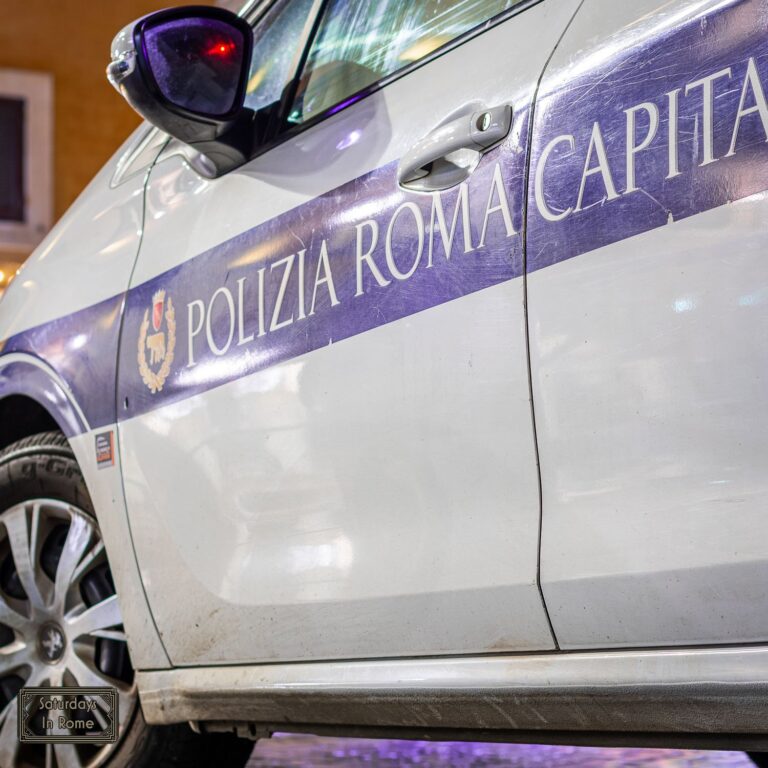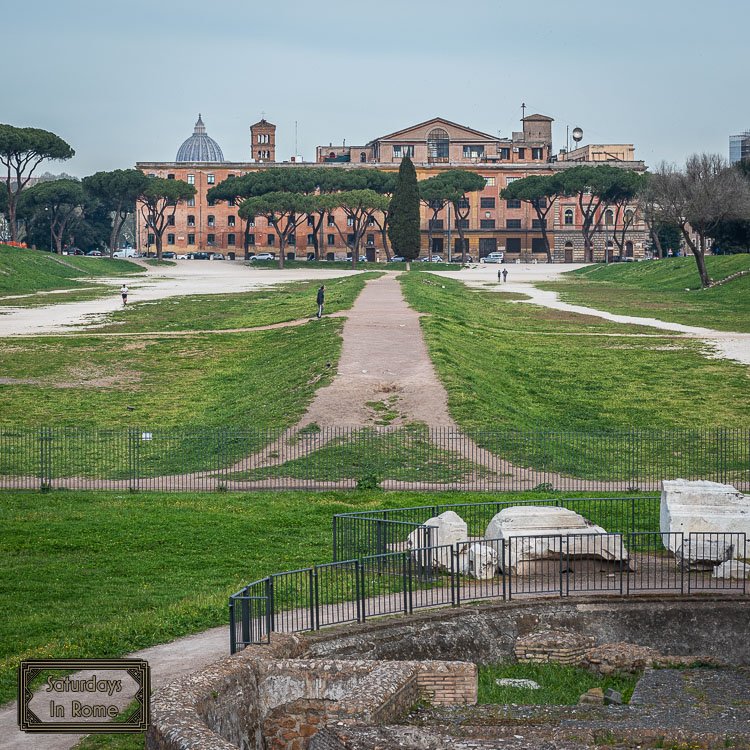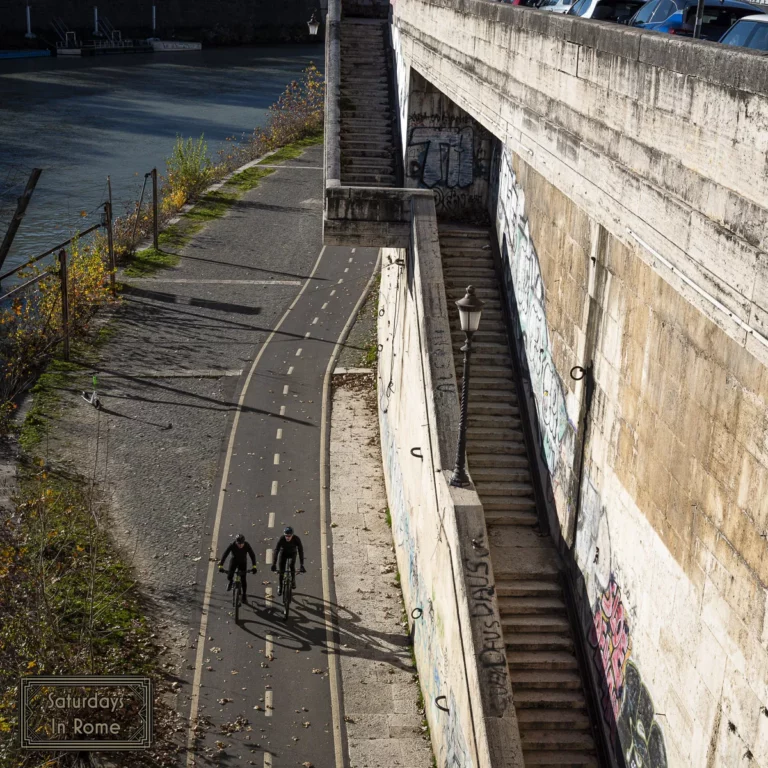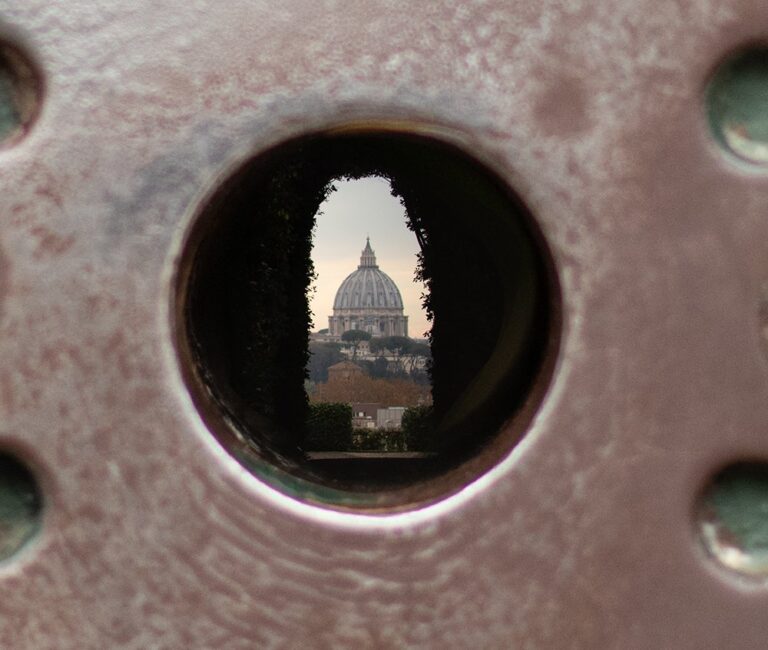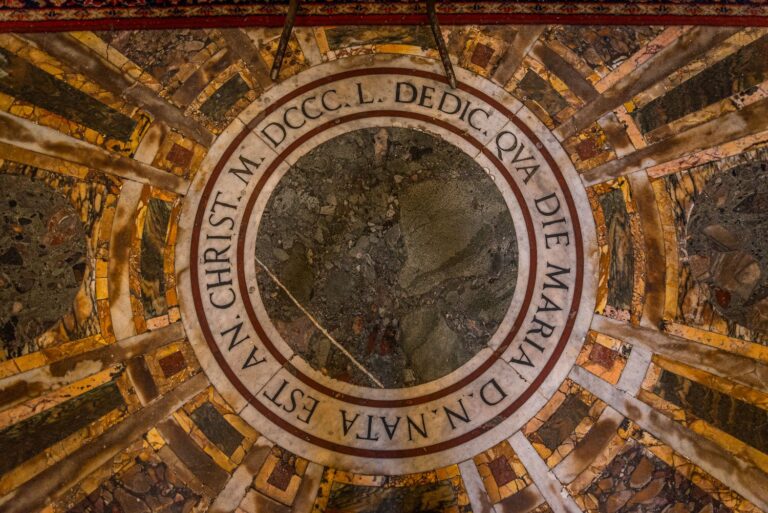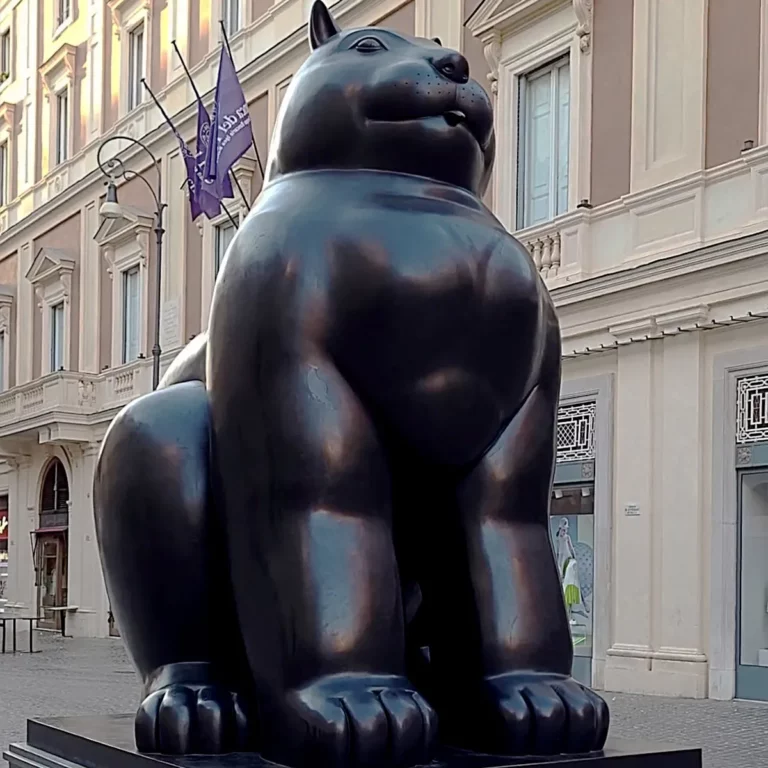The Basilica Of The Holy Cross In Rome Needs To Be Seen
The Basilica of The Holy Cross in Rome is one of the Seven Pilgrim Churches of Rome and contains several unique religious artifacts that should not be missed.
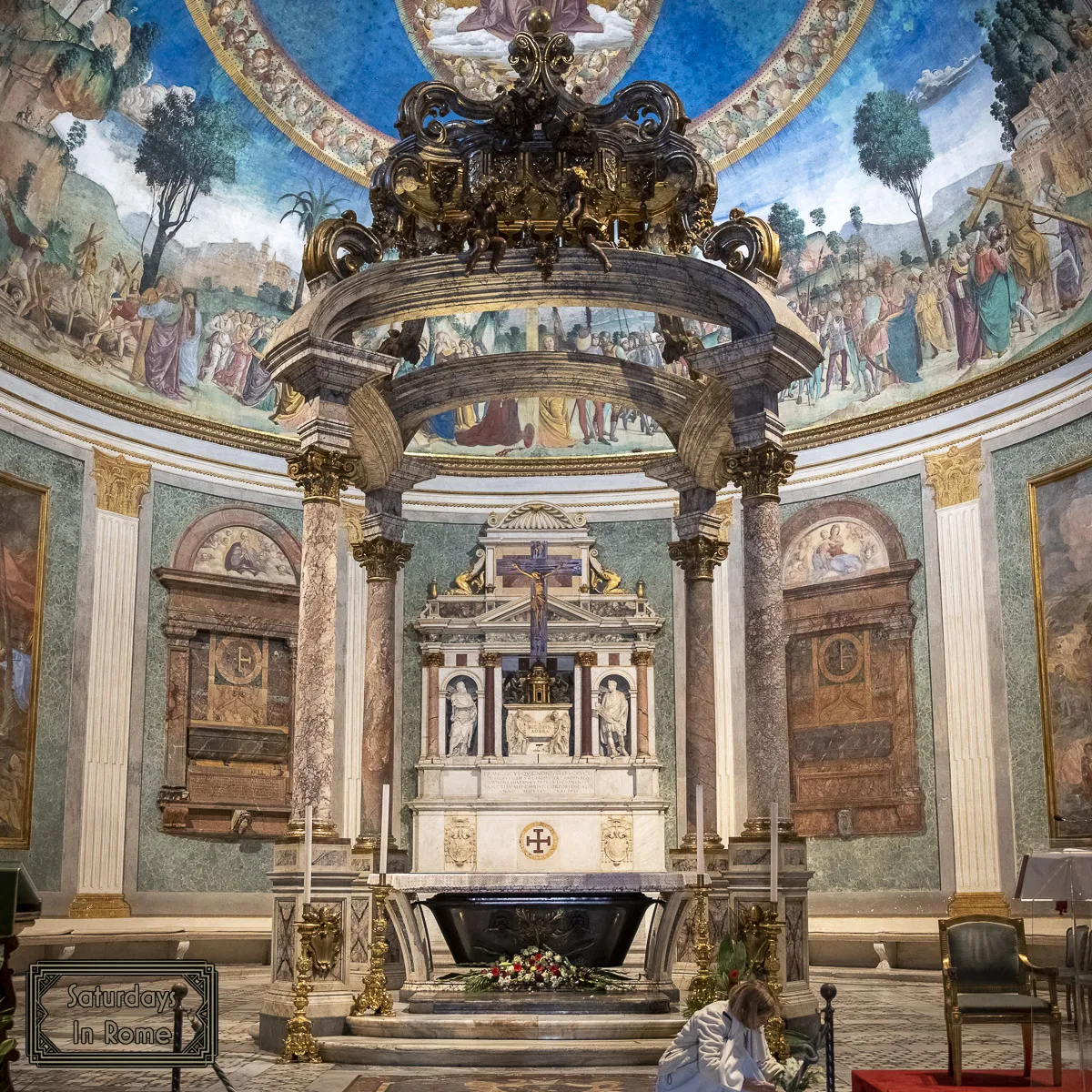
The Basilica Of The Holy Cross In Rome And Relics Of The True Cross
The Basilica of the Holy Cross is home to “Relics of the True Cross”, which tradition says are the fragments of the “True Cross” (the cross on which Jesus is believed to have been crucified) and one of the nails used in the Crucifixion of Jesus Christ that Saint Helen brought to Rome after her pilgrimage to the Holy Land.
Need Help Planning?
- Cheap Flights: Find The Most Affordable Flights.
- Accommodations: From 1 to 5 Stars And More.
- Car Rentals: Affordable Travel Across Italy.
- Sightseeing Tours: Explore Some Amazing Tours.
- Buying An eSIM: Stay Connected In Italy.
This post includes affiliate links.
In order to earn the title in Jerusalem, the basilica’s floor was covered with soil from the holy city. The basilica was considered to be “in Jerusalem” in a similar way that an embassy is considered extraterritorial, i.e. “In” the country.
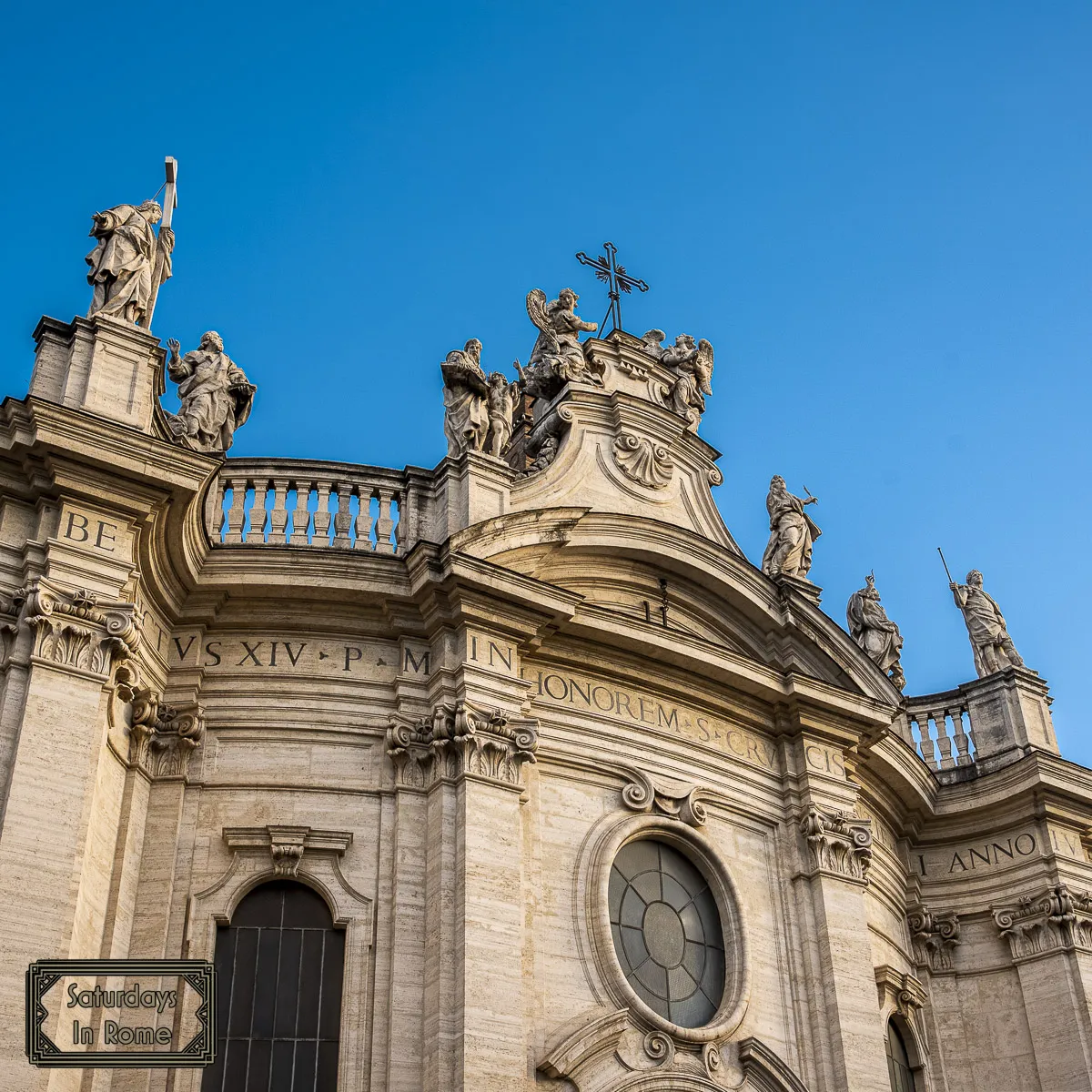
The Seven Pilgrim Churches Of Rome
The tradition of visiting all seven churches was started back in the 16th century in order to combine conviviality and the sharing of a common religious experience through the discovery of the history of the early Saints. In the beginning, a few friends and acquaintances would gather before dawn and set out on their walk. At each church, there would be prayer, hymn singing, lunch breaks and a brief sermon. The path covers twelve miles in Rome, but if you aren’t interested in walking that far, public transportation and taxis can make the journey that much easier.
The “Classic Seven Pilgrim Churches”
The official list of the Seven Pilgrim Churches changed in 2000 when Pope John Paul II had changed the 7 by removing San Sebastian and adding as a replacement the Sanctuary of the Madonna of the Divine Love shrine. When I was looking at the events of the Jubilee 2025, I noticed they list the classic seven churches as the official version, leaving off the Sanctuary. I could not find any information online regarding the change back, so I asked the tour guide if San Sebastian is on the list, and she said it was and that Pope Benedict had made the change. I still can’t find anything official on this, so I suspect this has more to do with some of the more devout respecting the original 7 and not the updated version. Whatever the reason, if you have any information, please let me know!
In addition to the Basilica of The Holy Cross in Jerusalem, there are six other basilicas that make up the Seven Pilgrim Churches of Rome:
- The Vatican And St. Peter’s Basilica
- The Basilica of St. John Lateran
- The Basilica of Saint Mary Major
- The Papal Basilica of St. Paul Outside the Walls
- The Basilica of Saint Lawrence Outside The Walls
- The Basilica of St. Sebastian Outside The Walls
- (Non-Classic) The Sanctuary of Our Lady of Divine Love
The Seven Churches Visitation is a Roman Catholic tradition to visit seven churches on the evening of Maundy Thursday during Lent, but it is also done on Wednesday of Holy Week. During the Seven Churches Visitation, the faithful visit several churches to pray before the Blessed Sacrament in each church. Depending on the timing, you might encounter church services that you can either attend or wait until they are finished, before you can have a detailed tour of the church.
Basilica Of The Holy Cross In Rome Relics
The Holy Relics are small pieces from the Passion of Christ that have been preserved in gold covered reliquaries (container for relics) from the 19th century. They are protected by a glass case and displayed for the many pilgrims and visitors that come to the Basilica.
The Catholic tradition says that St. Helen, mother of Emperor Constantine, brought some relics to Rome after her pilgrimage, and the collection has grown to include:
- The Fragments of the True Cross (from St. Helen)
- One of the nails used in the Crucifixion (from St. Helen)
- Fragments of the Grotto of the Nativity and the Holy Sepulchre
- The joint of the finger of St. Thomas
- A part of the cross of the Good Thief
- Two thorns from the Crown of Jesus
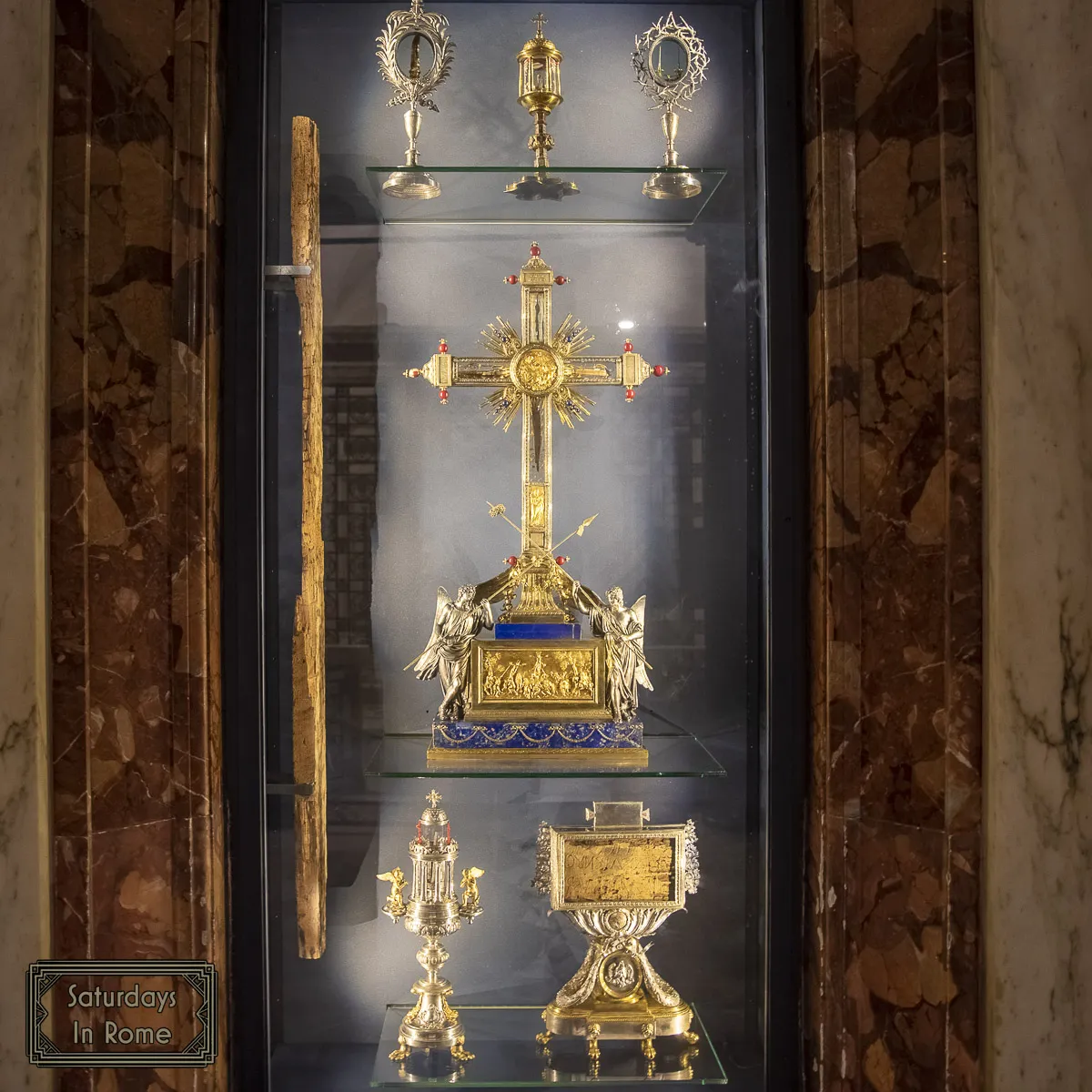
In the same display case is kept the Titulus Crucis, which is believed to be the actual wooden tablet that was on top of Jesus’ cross. It is thought to have been brought to the Basilica in the 6th century and discovered during the restoration works of the 15th century. The tablet is written from right to left in Hebrew, Greek and Latin characters.
There are some doubts about the authenticity of the Titulus Crucis. In 2002, radiocarbon dating tests were conducted on the tablet and it was shown to have been made between 980 and 1146 AD. The Titulus Crucis is most likely a medieval copy.
In a book written in the 13th century, it is written that Helen rescued more than a cross on Golgotha and to determine which one belonged to Jesus she touched a deceased mane with the wood of the cross, and upon touching the True Cross, the man was resurrected.
The Nennolina Story At The Basilica Of The Holy Cross In Rome
Antonietta Meo, affectionately called “Nennolina”, was born in Rome on December 15th of the year 1930. At six years old, she was struck by osteosarcoma, forcing her left leg to be amputated. Already at that age, she had a concept of the value of suffering that was attributed to her belief in God. She is considered an inspiration because she dealt with her intense physical pain through her relationship with her higher power.
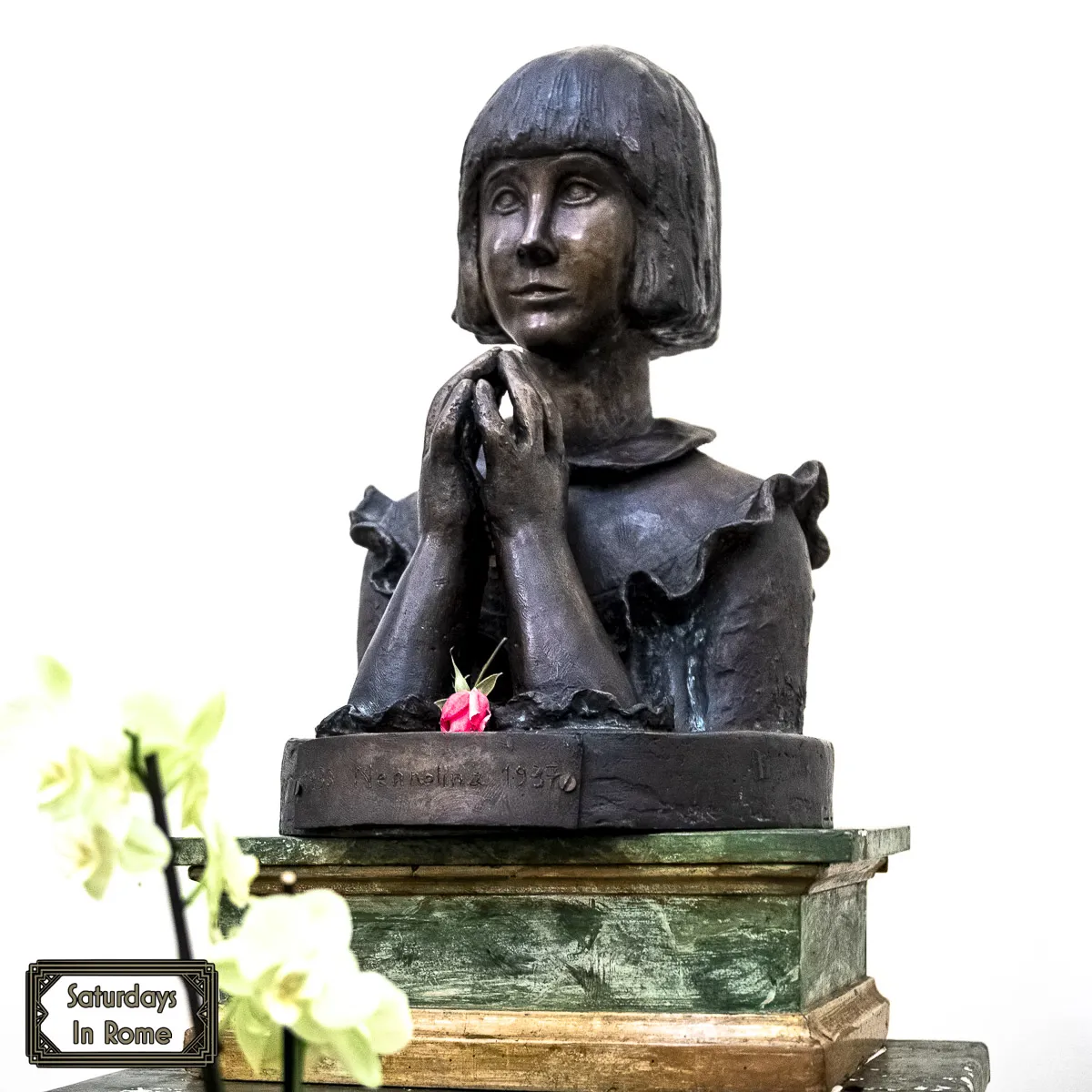
In the Basilica is the Chapel Of Antonietta Meo, which looks to contain her tomb, some clothes and toys that she may have used during her short life. The sign outside the chapel has a sign reading:
“From 5th of July 1999, the mortal remains of Antonietta Meo – “Nennolina” (12.15.1930 – 07.03. 1937) rest at the foot of the Chapel. She was a child who lived a few hundred meters from the Basilica in the Thirties and died at the age of six and a half from osteosarcoma. Her short life was so deeply marked by the mystery of the Cross that a story of ordinary pain was turned into an extraordinary one. Her 162 letters addressed to God the Father, Jesus, to the Holy Spirit and to dear Virgin Mary testify this and make little Nennolina the youngest mystic remembered by the Church.”
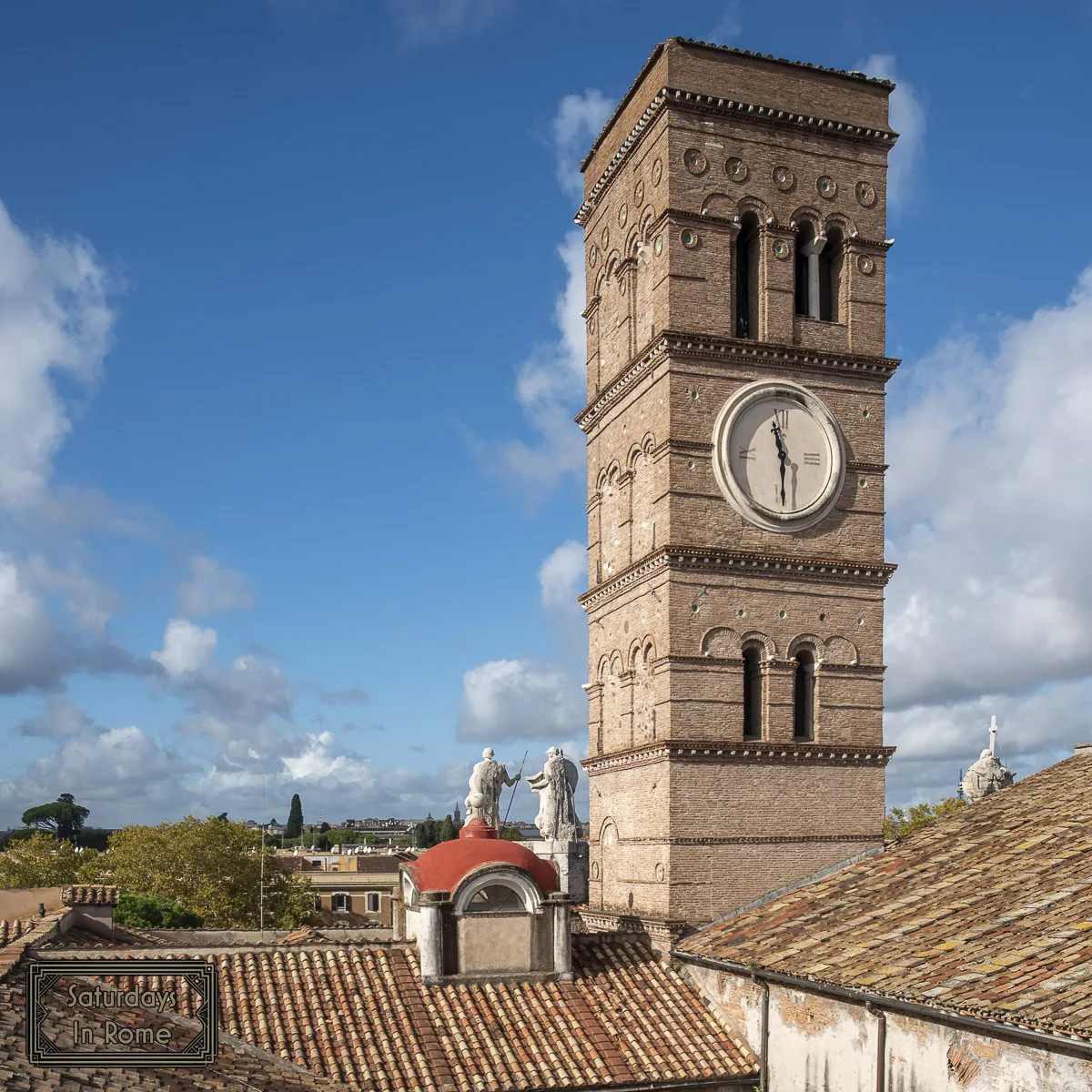
The Basilica Of The Holy Cross In Rome Hours of Operation
Admission is free, but this church is actively used and may be unexpectedly closed to tourists. On my first visit to the basilica I was unable to enter because of a funeral, so I returned the following day during normal business hours and the church was mostly empty. You should always be flexible when visiting any of the important sites in Rome. The hours are:
- Everyday, 7:00am to 12:45pm, and 3:30pm to 7:30pm

